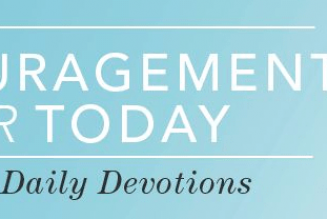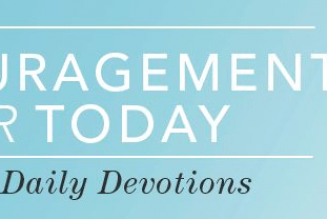
Several years ago, I wrote a book titled Opening the Front Door: Worship and Church Growth. It was a simple book, but rather controversial at the time. I made the case that weekend worship services had eclipsed Sunday School in attendance since 1971, and therefore, Sunday School was not the “front door” of the church in terms of outreach; rather, the large group weekend service was.
Further, I argued that this meant rethinking how to “open” that front door as effectively as possible to reach people, which could potentially involve rethinking dress codes, musical style and much more.
Today?
Tame.
Then?
Oh my.
Today, I am arguing that there is still a front door to the church, only that instead of it being physical it is digital. And it can be handled in a way that is just as alienating as when churches used to sing nothing but hymns, play organs, sit in pews and pray in King James English.
Fifteen seconds on your Facebook page, Instagram account, Twitter feed, or webpage – 15 seconds into listening to your message or watching your service online – and they may have already clicked off because of what they’ve seen, heard or experienced.
Actually, 15 seconds is generous.
According to the research of the National Center for Biotechnology Information, the average attention span has dropped from 12 seconds in the year 2000 to just 8.25 seconds in 2015. That’s approximately a 25% drop in a little more than decade. To put that into perspective, the average attention span of a goldfish is 9 seconds. No, I did not make that up. We’re .75 seconds less attentive than “Mr. Bubbles.”
But what are really operating are highly evolved “eight-second filters.” People today have learned to sort through information quickly because there’s so much of it to sort through.
Now, once you do get their attention, they’ll stay with you.
They can become intensely committed and focused.
But you only have eight seconds to break through.
That’s why one New York marketing consultant tells his advertising partners that “if they don’t communicate in five words and a big picture, they will not reach this generation.” All to say, today is the day of crafting a digital message to a post-Christian world that captures their attention – or at least doesn’t lose it – as instantaneously as possible.
That’s the barrier we need to break through.
The bottom line is that today, the typical first-time guest to your church is coming at the end of a long process. It may be their first time through the physical front door, but the actual front door of the church – the first one they entered – was digital.
So ask yourself some basic questions, and they are more significant than you might think:
Who is your website designed to serve? For most churches, it is designed for the members and active attenders of the church.
What about your Facebook page? Is it for the community of your church or for those who might be exploring your church?
What about your Instagram account? Twitter feed? It’s not that there can’t be posts for your church – of course there can be member-specific posts and should be – and it’s not that your website can’t serve up information needed and necessary for your church community. The real issue has to do with thinking about it as the front door.
Is your main splash page for the first-time guest?
Are the easiest, primary links designed to serve someone exploring you digitally?
Is your Facebook page winsome, compelling and inviting?
Is what you have on Instagram going to make someone want to go higher up and deeper in?
How well does it pass the eight-second filter?
Think everything through digitally the way we have been thinking through everything physically for the unchurched. We’ve always been about opening the front door. It’s just that now,
… that door is digital.
James Emery White
Sources
On attention span lengths, see National Center for Biotechnology Information, as well as the U.S. National Library of Medicine, as reported by Statistic Brain Research Institute (found HERE).
For internet-browsing statistics, see Harald Weinreich, Hartmut Obendorf, Eelco Herder and Matthias Mayer: “Not Quite the Average: An Empirical Study of Web Use,” in the ACM Transactions on the Web, vol. 2, no. 1 (February 2008), article 5.
On “eight-second filters,” see Jeremy Finch, “What Is Generation Z, and What Does It Want?” Fast Company, May 4, 2015, read online.
Alex Williams, “Move Over Millennials: Here Comes Generation Z,” The New York Times, September 20, 2015, read online.
About the Author
James Emery White is the founding and senior pastor of Mecklenburg Community Church in Charlotte, NC, and the ranked adjunct professor of theology and culture at Gordon-Conwell Theological Seminary, where he also served as their fourth president. His latest book, Meet Generation Z: Understanding and Reaching the New Post-Christian World, is available on Amazon. To enjoy a free subscription to the Church & Culture blog, visit ChurchAndCulture.org, where you can view past blogs in our archive and read the latest church and culture news from around the world. Follow Dr. White on Twitter, Facebook and Instagram.









